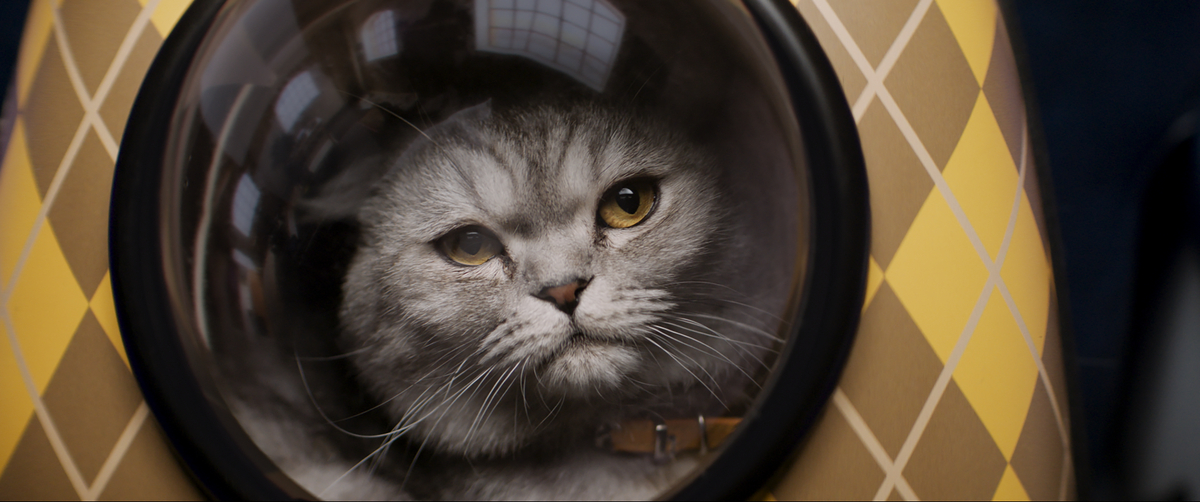John Knoll: Pioneering The Phantom Menace’s VFX Innovations
– John Knoll, co-creator of Photoshop and a visual effects veteran at Industrial Light & Magic, played a pivotal role as visual effects supervisor in Star Wars: The Phantom Menace, where he and his team pushed the boundaries of digital effects to create complex and unprecedented sequences such as the podrace and photorealistic digital terrains.
– To execute The Phantom Menace’s challenging visual effects, innovative techniques were developed, including the use of “three-dimensional matte paintings” for the podrace environment, a bunraku-inspired method for animating a skeletal C-3PO, and combining miniature models with digital effects to realize the city of Theed, reflecting on these experiences as a career-defining period for Knoll.

As the world of cinema celebrated the momentous 25th anniversary of “Star Wars: The Phantom Menace,” the indelible influence of John Knoll, an icon in visual effects, came to the forefront. Knoll, who joined the heralded Industrial Light & Magic (ILM) in 1986, emerged through the crucible of innovative projects, collaborating closely with George Lucas on the revitalization of the original “Star Wars” films with new digital effects.
Knoll’s journey that started in model making took a pioneering turn with his role as a co-creator of Photoshop and set him on a trajectory that led him to oversee the visual effects of “The Phantom Menace.” His task was monumental: ushering in a new era of digital filmmaking that demanded the creation or innovation of technology for motion capture, CG characters, and digital settings.
Reflecting on the film’s ambitious scenes, Knoll recalls the sheer scale of unprecedented effects challenges. His meticulous list of “unsolved problems” highlighted the need for an overhaul of traditional methods. This was a time when dynamic Gungan clothing and densely populated scenes pushed their existing systems to the brink.
Key among the ambitious efforts was the conception of the podrace sequence, an adrenaline-fueled high-speed chase threading through Tatooine’s canyons. Knoll rejected established techniques, finding them insufficient to portray the race’s 500-mph velocity. A groundbreaking method was explored as Knoll and model maker Paul Huston employed camera projection onto digitized models of mushroom-shaped rocks, creating a visually thrilling landscape that simulated high speeds with photographic authenticity.

When Knoll demonstrated this innovative test footage to George Lucas on set using a simple video recorder, it was not just an advancement in their technique, but a validation that his “three-dimensional matte painting” concept was viable. This pivotal scene set the tone for not just the film, but the future of CGI in filmmaking.
For the skeletal version of C-3PO seen in the film, Knoll derived inspiration from bunraku puppetry. A blend of traditional craftsmanship and digital removal techniques birthed a realistic performance by the beloved droid. This approach, which had an endearing charm despite its apparent simplicity, proved to be so effective that it is still utilized in productions like “The Mandalorian.”
In bringing Theed, Naboo’s majestic city, to life, Knoll used an intricate mix of miniatures and live-action elements. With an eye for detail, the ILM team crafted a scalable city, replete with miniature flora matching the city’s regal aesthetic. This meticulous work blurred the lines between practical sets and miniatures, pushing the boundaries of perceived realism.
Reflecting on the tumultuous but rewarding endeavor that was “The Phantom Menace,” Knoll acknowledges the film as a foundational experience in his career. The intensive research and development, paired with the opportunity provided by Lucas, not only built his confidence but also shaped him into a formidable supervisor in the realm of visual effects.
The legacy of John Knoll and “The Phantom Menace” is one of trailblazing methods, a fearless approach to monumental tasks, and a testament to the perpetual evolution of cinematic technology. This film not only shaped the future of the Star Wars saga but redefined what was possible in movie-making, paving the way for the astonishing visual spectacles we enjoy today.
Acctndok Enhanced Cat Deterrent Spray, Natural Safe Cat Repellent Indoor and Outdoor, Effective Cat Scratch Deterrent Training Aid for Furniture, Sofas, Rugs, Curtain Protection (Citrus)
$23.99 (as of April 24, 2025 09:51 GMT -07:00 - More infoProduct prices and availability are accurate as of the date/time indicated and are subject to change. Any price and availability information displayed on [relevant Amazon Site(s), as applicable] at the time of purchase will apply to the purchase of this product.)WOOF Party Pupsicle - Long-Lasting Interactive Dog Toys for Boredom - Low-Mess Design - Birthday Gifts for Dogs - Large Dog Toys - Party Pink
$19.99 (as of April 24, 2025 09:51 GMT -07:00 - More infoProduct prices and availability are accurate as of the date/time indicated and are subject to change. Any price and availability information displayed on [relevant Amazon Site(s), as applicable] at the time of purchase will apply to the purchase of this product.)ZZSTAR 12x32 Large View Binoculars with Camera, FMC & BAK4 Prism Binoculars for Adults High Powered, 2" LCD Display 5MP 1080P Video Photo Recorder for Bird Watching Hunting, with 32GB Card, Silver
$89.99 (as of April 24, 2025 09:51 GMT -07:00 - More infoProduct prices and availability are accurate as of the date/time indicated and are subject to change. Any price and availability information displayed on [relevant Amazon Site(s), as applicable] at the time of purchase will apply to the purchase of this product.)New Apple iPad 11-inch: A16 chip, 11-inch Model, Liquid Retina Display, 128GB, Wi-Fi 6, 12MP Front/12MP Back Camera, Touch ID, All-Day Battery Life — Blue
$319.99 (as of April 24, 2025 09:51 GMT -07:00 - More infoProduct prices and availability are accurate as of the date/time indicated and are subject to change. Any price and availability information displayed on [relevant Amazon Site(s), as applicable] at the time of purchase will apply to the purchase of this product.)Stitch Gun for Clothes - Mini Stitch Gun Refills -Tagging Gun for Clothing - Sewing Kit Includes 6 Needles 1000 Black Fasteners and 1000 White Fasteners (Pink)
$21.99 (as of April 24, 2025 09:51 GMT -07:00 - More infoProduct prices and availability are accurate as of the date/time indicated and are subject to change. Any price and availability information displayed on [relevant Amazon Site(s), as applicable] at the time of purchase will apply to the purchase of this product.)Auto Amazon Links: No products found. (72 items filtered out)








 OpenCritic
OpenCritic